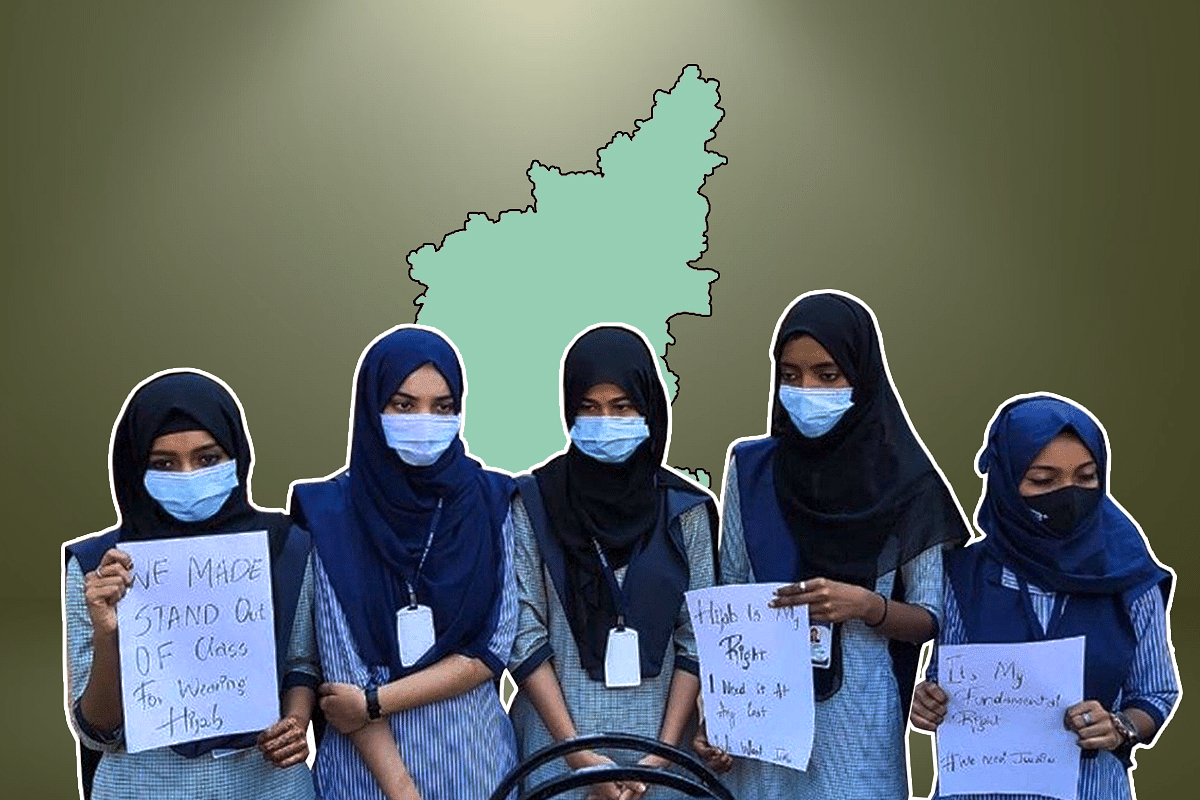News Brief
In Brief: Justice Dhulia’s Judgement In Karnataka ‘Hijab Case’

Split verdict in Karnataka hijab case.
A division bench of the Supreme Court delivered its verdict on the hijab matter yesterday (13 October): The Supreme Court was hearing a bunch of petitions challenging the Karnataka High Court judgement on the matter.
The Karnataka High Court had upheld a state government order disallowing the wearing of hijab inside classrooms in educational institutions.
The two-judge bench of the apex court delivered a split verdict.
While Justice Hemant Gupta upheld the Karnataka High Court judgement, Justice Sudhanshu Dhulia opined in favour of setting aside the Karnataka High Court verdict.
Justice Dhulia held that wearing of hijab promotes diversity in educational institutions.
He categorically mentioned that schools are the perfect institution where students can be taught about the constitutional values of tolerance and accommodation towards those who speak a different language, eat different food and wear different clothes.
He also says in his judgement that during school time students should learn to not be alarmed by the rich diversity of our country, but to rejoice and celebrate diversity.
Students should be made to realise that diversity is our strength, according to Justice Dhulia.
Thereafter, he briefly mentions that under the constitutional scheme of things, wearing of hijab should be a matter of choice.
Justice Dhulia said that if the point being made by the High Court was regarding discipline in school, then that must be accepted.
However, discipline at the cost of freedom and dignity is not something that can be accepted under the Constitution, according to him.
He stated that, “Asking a pre university schoolgirl to take off her hijab at her school gate, is an invasion on her privacy and dignity. It is clearly violative of the Fundamental Right given to her under Article 19(1)(a) and 21 of the Constitution of India. This right to her dignity and her privacy she carries in her person, even inside her school gate or when she is in her classroom. It is still her Fundamental Right, not a “derivative right” as has been described by the High Court.”
He said that due to the hijab ban some students were not able to appear for their board examinations, and many others had to seek transfer to other schools, mainly madrasas where they would not be able to get the same quality of education.
He remarked that the state government is obliged to answer as to what is more important, ‘Education of Girl Child’ or ‘Enforcement of Dress Code’.
Justice Dhulia said that one of the best sights in India is that of a girl child leaving for her school: She is our hope for the future, but education of girl child remains a problem.
Therefore, the government should be conscious of the challenges faced by a girl child, and the case has to be looked at from the perspective of the challenges faced by her in getting education.
Bottom line: Lastly, Justice Dhulia said that the issue “may or may not be a matter of essential religious practice, but it still is, a matter of conscience, belief, and expression. If she wants to wear hijab, even inside her classroom, she cannot be stopped, if it is worn as a matter of her choice, as it may be the only way her conservative family will permit her to go to school, and in those cases, her hijab is her ticket to education.”
Introducing ElectionsHQ + 50 Ground Reports Project
The 2024 elections might seem easy to guess, but there are some important questions that shouldn't be missed.
Do freebies still sway voters? Do people prioritise infrastructure when voting? How will Punjab vote?
The answers to these questions provide great insights into where we, as a country, are headed in the years to come.
Swarajya is starting a project with an aim to do 50 solid ground stories and a smart commentary service on WhatsApp, a one-of-a-kind. We'd love your support during this election season.
Click below to contribute.
Latest